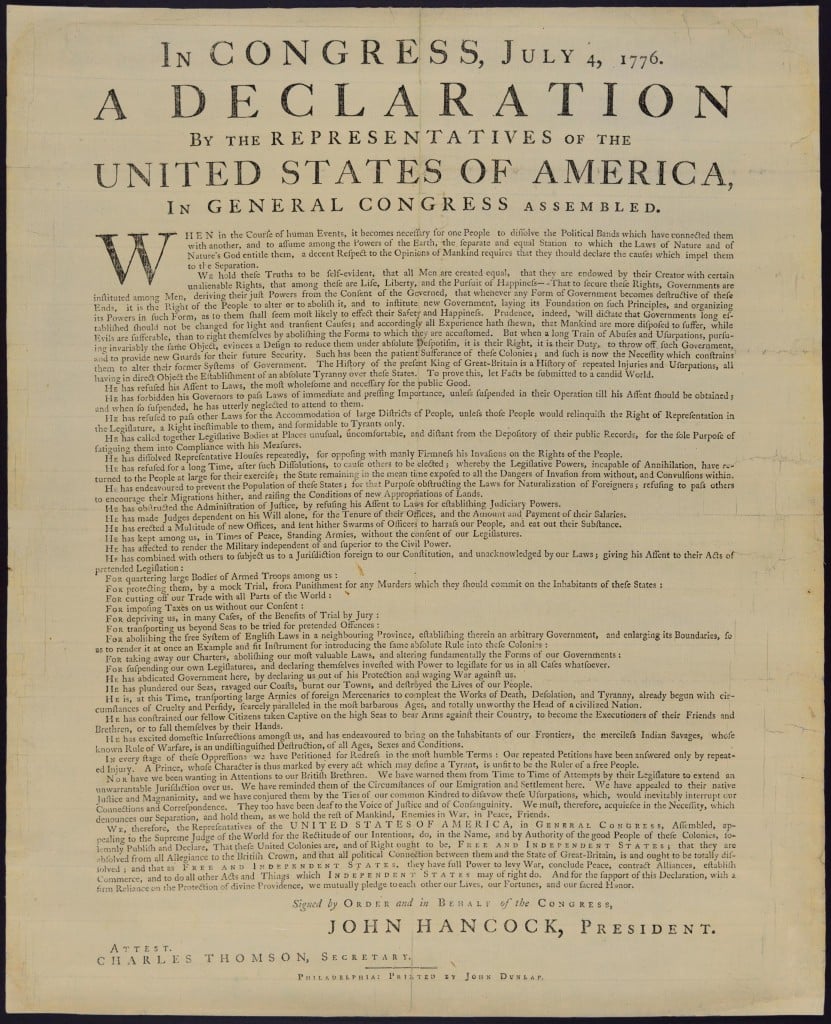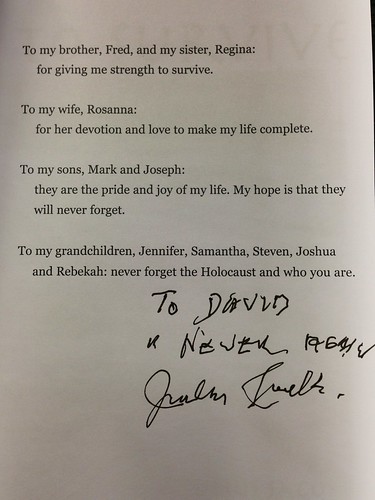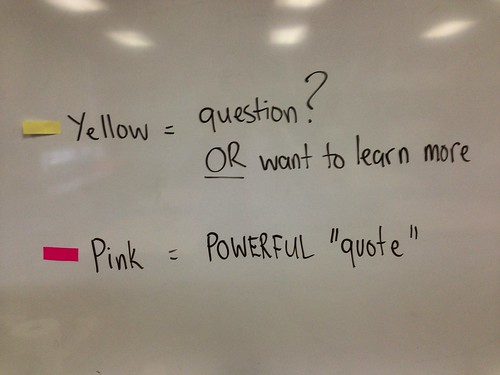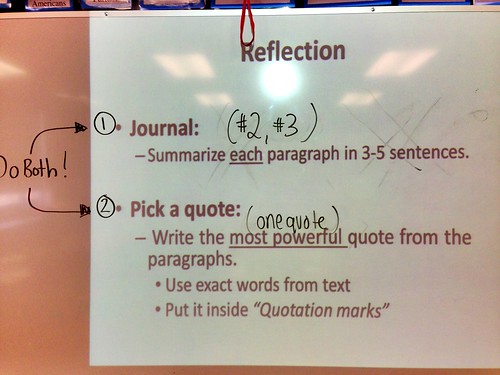We have just started our Middle East unit. Last year we discussed ISIS a bit, but we ran out of time before we could really focus on the refugee issue. Unfortunately, the crisis is only getting worse, so no matter what cost in time, we will examine it this year. Although this lesson focuses on the Syrian refugees, it is important to remember that there are significant numbers of displaced peoples from other countries as part of the overall “EU refugee crisis”.
Warm Up:
Zaartari refugee camp in Jordan
Population: 80,000

How big is the problem?
This map shows how large Europe’s refugee crisis really is – check out this interactive map on the origin and destinations of refugees moving into Europe compiled from three years of UN data.
What is the difference between a migrant and a refugee?
Student Reflection:
1. What are three adjectives you could use to describe the scope of the refugee crisis?
2. How has the refugee crisis changed over time? In 2015, which countries have the highest number of refugees leaving? Why do you think that might be true? Which countries are the most popular destinations for refugees?
3. What are some challenges that refugees face?
4. According to the U.N., what is the difference between and refugee and a migrant? Why does it matter?
Who are the Syrian refugees?
In particular, I think is important that my students see the human face of the crisis, and hear the stories of civilians who trying to escape from the violence, chaos and extremism that is consuming so much of Syria.
Fortunately the excellent Humans of New York blog is currently doing a terrific series on that very topic. Here are some of the Syrian families that have been cleared for resettlement in the United States.
(1/3) “I was studying Literature and French Philosophy when the war came. I wanted to be an Arabic teacher.” pic.twitter.com/lusk149pIi
— Brandon Stanton (@humansofny) December 3, 2015
(2/3) “We met because of a wrong number. But we ended up speaking for a few minutes, and at the end of our…” pic.twitter.com/YH40hzbRBG — Brandon Stanton (@humansofny) December 3, 2015
(3/3) “Ever since we had our first child, I stopped watching the TV. Everyday I used to watch the news…” pic.twitter.com/C45XUCAqIm
— Brandon Stanton (@humansofny) December 3, 2015
(1/2) “I had to leave the home that I’d spent thirty years building. One day I just had to close the doors, turn…” pic.twitter.com/kNLOnoDoRW — Brandon Stanton (@humansofny) December 4, 2015
(2/2) “I was an only child, but I had eleven children. I built a whole family. Every Friday I’d cook for…” pic.twitter.com/JVWfS9zHxQ
— Brandon Stanton (@humansofny) December 4, 2015
(1/4) “I want to be a professor that examines the bones of dinosaurs because I like dinosaurs a lot.” pic.twitter.com/gDrYBYtuSF — Brandon Stanton (@humansofny) December 5, 2015
(2/4) “When I was in second grade, our school got attacked by a bomb. It was a barrel full of explosions.” pic.twitter.com/BbigzuGNXl
— Brandon Stanton (@humansofny) December 5, 2015
(3/4) “I was at home when the telephone rang. It was my mother. She told me that there had been a bomb…” pic.twitter.com/jC6Om6RQ7l — Brandon Stanton (@humansofny) December 6, 2015
(4/4) “We are going to a place called Clearwater, Florida. I don’t know a lot about it. I saw Florida on the…” pic.twitter.com/DxIHGzCSKG
— Brandon Stanton (@humansofny) December 7, 2015
(1/4) “I had a very brilliant teacher in elementary school. She was my role model. I don’t remember…” pic.twitter.com/RO2cvQypC0 — Brandon Stanton (@humansofny) December 7, 2015
(2/4) “I knew immediately after my husband’s death that I would have to let go of my dreams. I fell into…” pic.twitter.com/xtM4U4wgiT
— Brandon Stanton (@humansofny) December 7, 2015
(3/4) “Because I’m a refugee, my life is on pause. My studies have stopped. I’m not working. I don’t have a career.” pic.twitter.com/ABjr3JXgN8 — Brandon Stanton (@humansofny) December 7, 2015
(4/4) “Doesn’t she look like an American? The lady who did our interview said that she looks like an American.” pic.twitter.com/45kjoT7wkD
— Brandon Stanton (@humansofny) December 7, 2015
(1/4) “I was the only doctor in the area, so when ISIS captured our town, I knew that they would ask me…” pic.twitter.com/EYkcmhjAwv — Brandon Stanton (@humansofny) December 7, 2015
(2/4) “ISIS needs educated people to support them. None of them finished school. They cannot manage…” pic.twitter.com/Ii8Glgr02P
— Brandon Stanton (@humansofny) December 7, 2015
(3/4) “We’ve been waiting for two years now. We’ve been through all our interviews. Last week this letter came…” pic.twitter.com/2HpsxGLill — Brandon Stanton (@humansofny) December 8, 2015
(4/4) The whole purpose of my trip to Turkey and Jordan was to interview refugees who had been approved for…” pic.twitter.com/gWnhzi2jOr
— Brandon Stanton (@humansofny) December 8, 2015
For the rest of the stories, please check out @humansofny
Student Reflection:
1. Are there any trends or similarities between these stories?
2. What was the most surprising, interesting or powerful thing you read?
Comments:
1. Please share stories and resources!
2. Are you planning on teaching about the refugee crisis in your class? What lessons or activities are you using?







